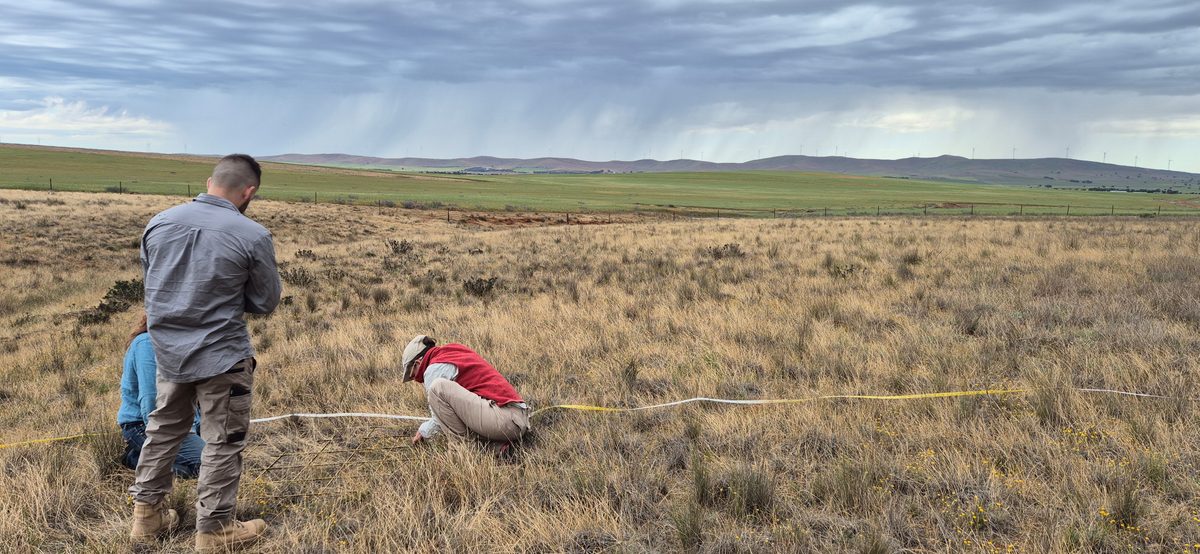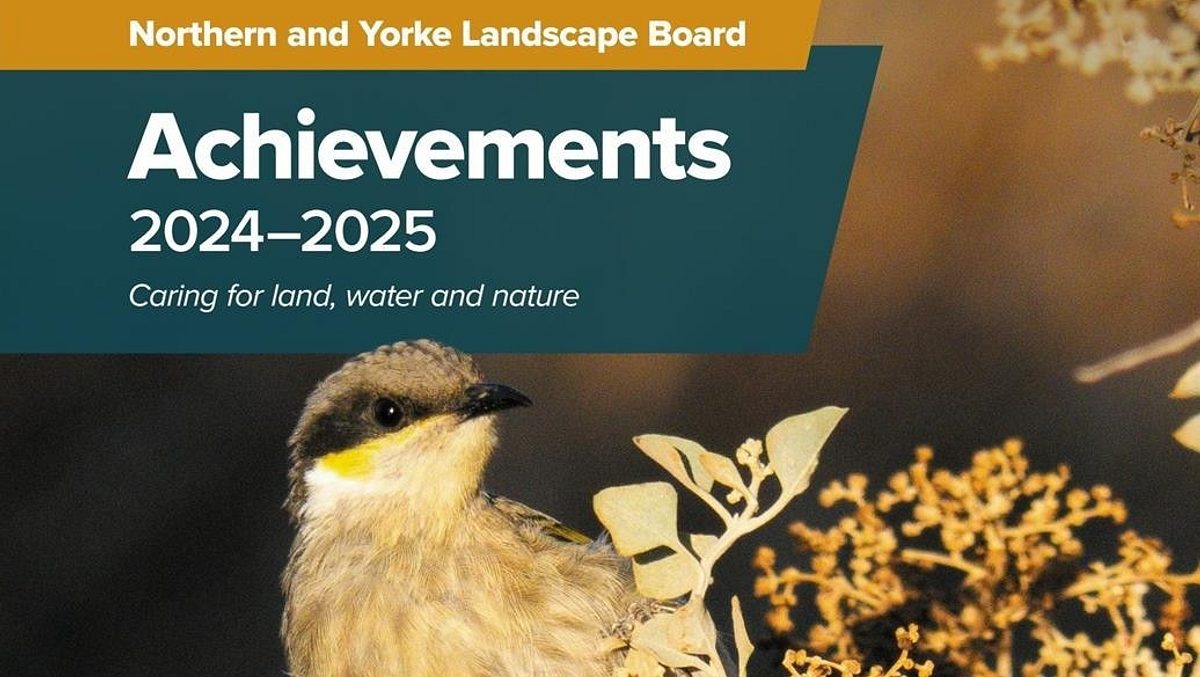How to revegetate a patch on your property this autumn

Shelterbelts are strips of native vegetation that provide shelter from wind, protect soil from erosion and create pockets of biodiversity that benefit livestock, crop health and local wildlife.
And in dry times, the patch of green is a sight for sore and dusty eyes!
Here’s what to consider when planning to revegetate a part of your property:
Timing
Late autumn is the best time to go ahead with your revegetation plans. By late April or early May, a decent rain should provide much-needed soil moisture to get your seedlings off to a good start. The soil is still warm at this time, which allows for a growth spurt before winter and then in spring, the roots can grow further into the soil profile before the hot weather arrives.
Weed control
Protecting soil moisture and reducing competition through weed control is the key to shelterbelt success. Spot or strip spray with herbicide about a month before planting and then spray weeds as they appear. Ongoing weed management is important during winter and spring.
Soil preparation
To prepare the soil, there are a couple of options for large-scale plantings. One is to predrill holes with an auger prior to planting. This requires some effort but can be done right up to the time of planting and results in little soil disturbance.
Another option is to deep rip to about 45cm using a three-point linkage ripper behind a tractor. Although it’s a speedier method, it requires at least two passes, a couple of months apart, to break up the clods. A cloddy planting bed has air pockets that cause seedling roots to dry out.
Consider planting in parallel rows to allow machinery access in between for spraying, slashing and watering if necessary. The rows don’t have to be straight, just parallel. If you opt for wavy lines, you can create the impression of a random, more natural planting layout.
Watering
Good preparation and early planting should mean that summer watering isn’t necessary. In dry times, create a well or dam around each plant that holds between 5 and 10 litres of water to encourage deep root growth.
Grazing control
All too often, the best laid revegetation plans are undone by grazing animals – both livestock and pest animals such as rabbits, hares, kangaroos and deer. They chew off seedlings as they emerge above the guards in summer, preventing new plants from properly establishing.
Summer is the best time to control feral rabbits. Warren ripping is effective when the soil is dry, and a lack of green feed makes baiting with Pindone-coated carrots or oats effective.
For advice on controlling feral grazing animals and declared weeds, visit our website for fact sheets and how-to videos.
You’ll also find a list of native plant suppliers in the Northern and Yorke region.


